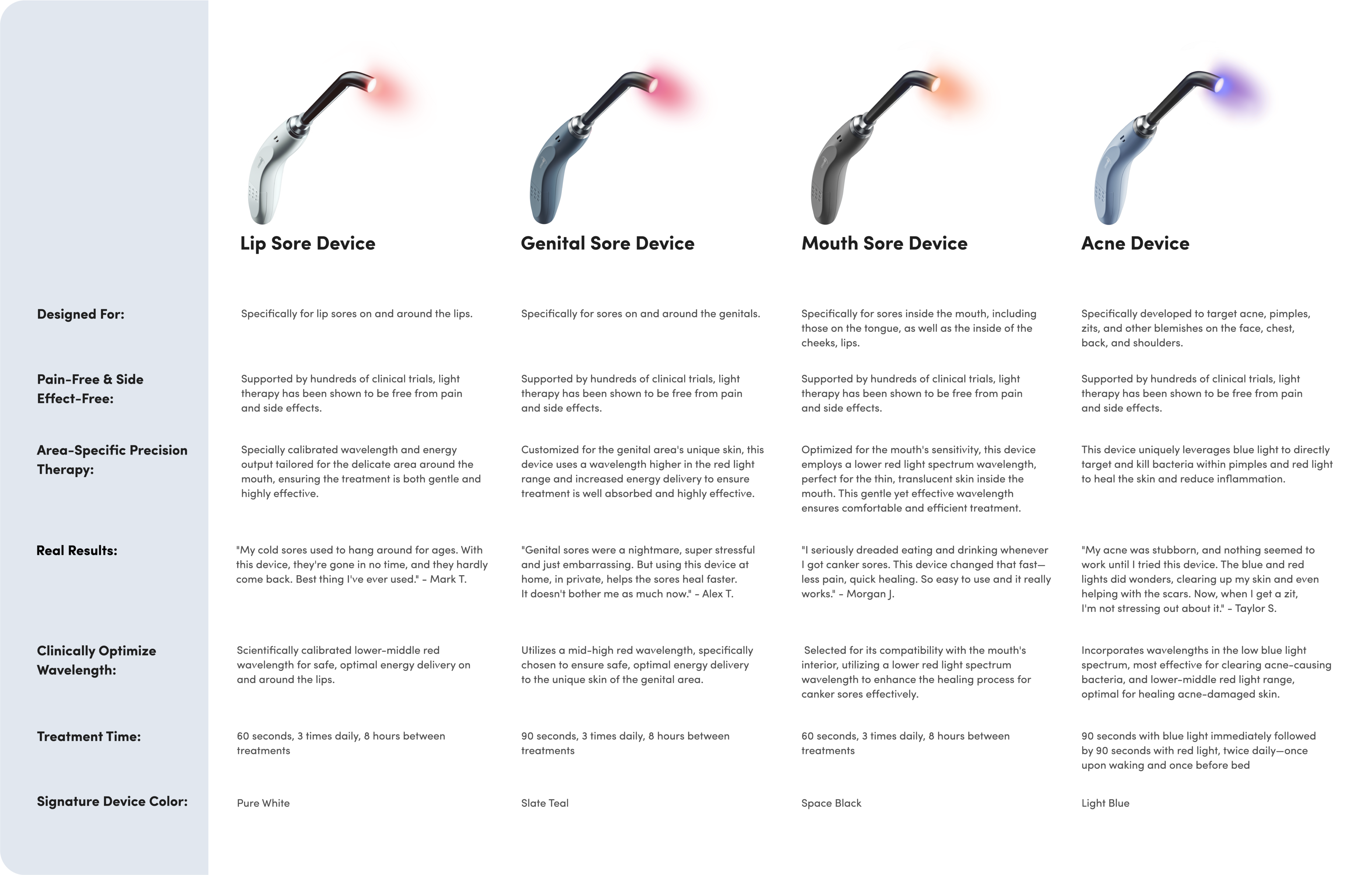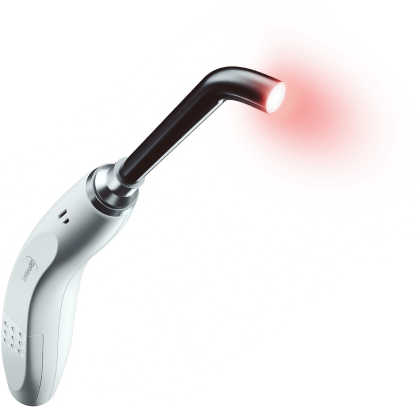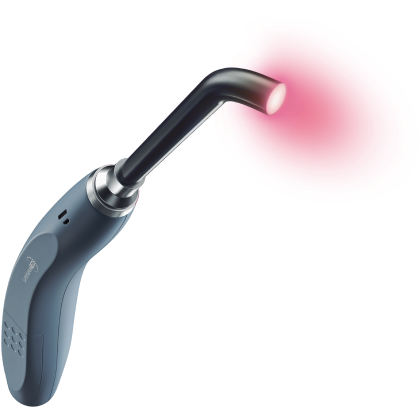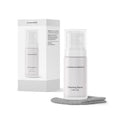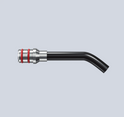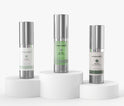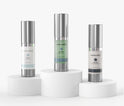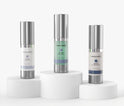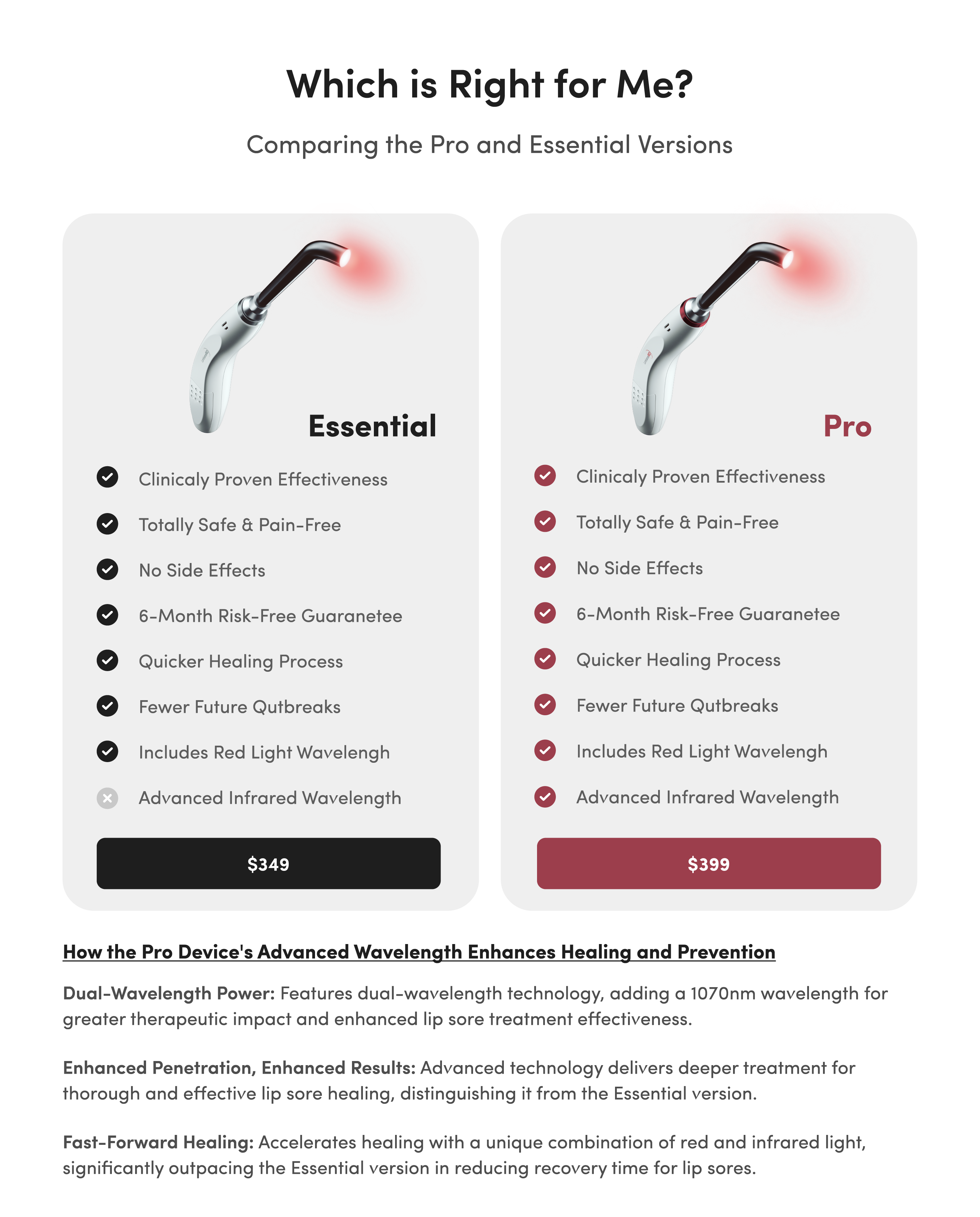Microneedling for Acne Scars: What You Need to Know

About one in four adults are seriously afraid of needles, according to the CDC. In extreme cases, this fear could prevent someone from receiving a potentially life-saving injection, like the measles, mumps, and rubella vaccine. And a cosmetic procedure? Forget about it.
To some, it might seem unfathomable to consider microneedling for acne scars. But for those without a needle phobia, getting an accurate picture of what microneedling is and how it can help your skin could be worth your time.
Microneedling is a minimally invasive skincare treatment you can do in a clinic or at home with a relatively inexpensive tool. And when done correctly, microneedling has the potential to eliminate stubborn acne scars for good.
Here’s what you need to know.
About Acne Scars
Acne scars are remnants of your worst breakouts. Some appear as red or brown spots flush with the rest of your skin’s texture, but if the acne resulted in broken skin, the scarring might be more noticeable.
Hypertrophic scars occur when collagen fibers form scar tissue over broken skin as it heals. This raised scar is thicker than normal skin, though not as large as a keloid scar, and often occurs on taught skin. Because of their texture, hypertrophic scars are nearly impossible to disguise with makeup, no matter how many YouTube tutorials you watch.
Nodular and cystic acne commonly cause scarring, often more severe than other forms of acne. These can include dark spots that don’t match your natural skin tone, hypertrophic scars, and varying sizes and depths of skin depressions, also referred to as atrophic scars. Other names for various atrophic scars include ice pick scars, boxcar scars, rolling scars, acne wrinkles, and pockmarks.
Any type of acne scar can leave you feeling depressed and unconfident, and it’s natural to search for remedies. Could microneedling for acne scars be the answer? Let’s explore this treatment option.
About Microneedling
Microneedling is exactly what it sounds like — the act of pricking your skin with very small needles.
These needles are nowhere near the size of those used for giving injections. In fact, in terms of both size and feeling, they’re barely perceptible.
In addition to acne scars, microneedling is also used to treat:
- Signs of aging
- Hyperpigmentation
- Stretch marks
- Sun damage
- Large pores
You can microneedle in the comfort of your own home using a derma roller. This handheld skincare device sports small rows of needles that measure just a fraction of a millimeter each.
If you’re not comfortable using a derma roller at home, dermatologists, estheticians, and skincare clinics often offer professional microneedling for acne scars.

Microneedling for Acne Scars
How does microneedling work to treat acne scars?
Microneedling jumpstarts the body’s natural healing process. Microneedles create superficial micro-wounds in the skin, and even though you don’t feel them, they still need to heal.
The skin senses these wounds and produces the proteins collagen and elastin to heal them. Collagen makes the skin strong and resilient, and elastin makes the skin stretchy. Together, these healing proteins improve the skin’s tone, texture, and overall appearance.
Because of the nature of microneedling, the treatment can produce some mild, temporary pain, inflammation, and redness. These typically subside within one to two days.
Does It Really Work?
Clinical studies of microneedling have demonstrated success in reducing the appearance of even severe acne scars. Plentiful research shows that the treatment significantly boosts collagen and elastin in the skin, which helps treat scars and other skin ailments.
However, microneedling for acne scars is not a quick fix; it can take months to see significant results. Researchers in one study with positive results recommended additional studies with longer durations and larger numbers of participants to more accurately assess the efficacy of microneedling over time.

At Home, or In-Clinic?
Where should you receive microneedling for your acne scars: at home, or in a clinic?
At-home microneedling treatments are less expensive and more convenient than sessions performed in a professional setting — but there are some downsides to using a derma roller in your home.
When performed incorrectly, especially by a skincare newbie, microneedling could damage your skin. Home treatments also require patience and long-term planning. If you’re forgetful or impatient, it might be better to have a professional guide you.
If you opt for home treatments, it’s extremely important to remember to sterilize your derma roller after each treatment session. Follow these steps for best results:
- Be sure your derma roller is sterile before use.
- After using your derma roller, rinse it under the faucet with warm water for a few seconds.
- Fill a small vessel with isopropyl alcohol. (Use a product with an alcohol concentration of at least 70%. If you don’t have isopropyl alcohol, use boiling water.)
- Place the microneedle end of the derma roller in the alcohol and let it soak for at least several minutes.
- Remove the derma roller, shake excess water from it, and allow it to air dry.
- Return the derma roller to its protective case until your next session.
An Alternative Treatment
Not everyone is comfortable with microneedling for acne scars — and that’s completely fine. If you’re one of them, you might prefer light therapy.
Light therapy is a treatment that also promotes the healing process, but without any injury or pain to the skin. The treatment harnesses specific wavelengths light, which stimulates your skin cells to produce collagen and elastin. And unlike with microneedling, there are virtually no side effects from light therapy.
Several affordable at-home light therapy devices are on the market. If you’ve never tried this scientifically proven treatment, it’s an excellent risk-free option to consider.
Microneedling for Acne Scars: Final Thoughts
If you decide to go the microneedling route, consult a dermatologist before purchasing a derma roller. A qualified professional will understand your skin type and your particular case, and can make helpful recommendations.
Even if you don’t love needles, don’t be alarmed by microneedling for acne scars. While it could take some time to see results, these tiny, almost imperceptible needles may just be the solution that can make a difference!





